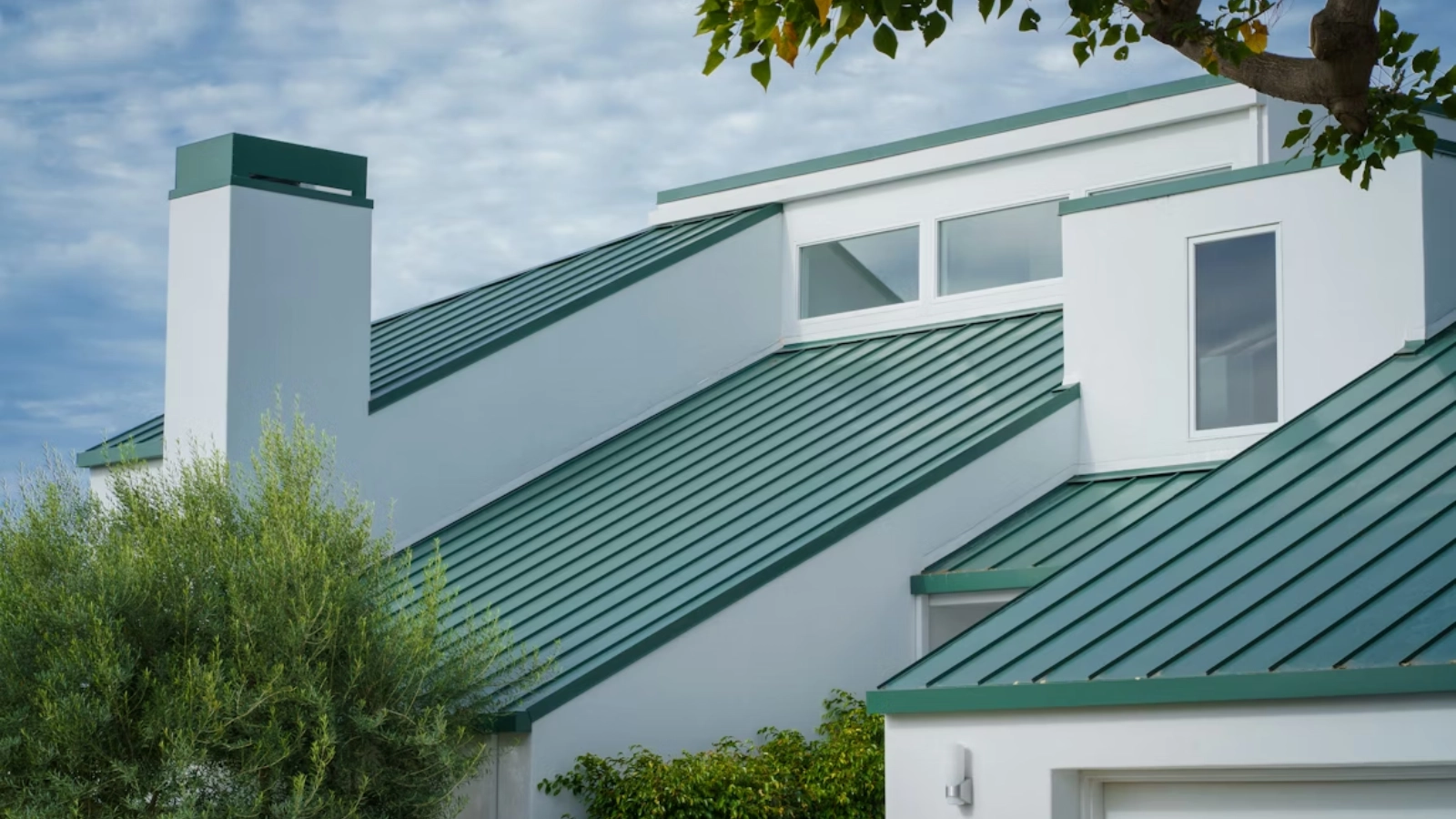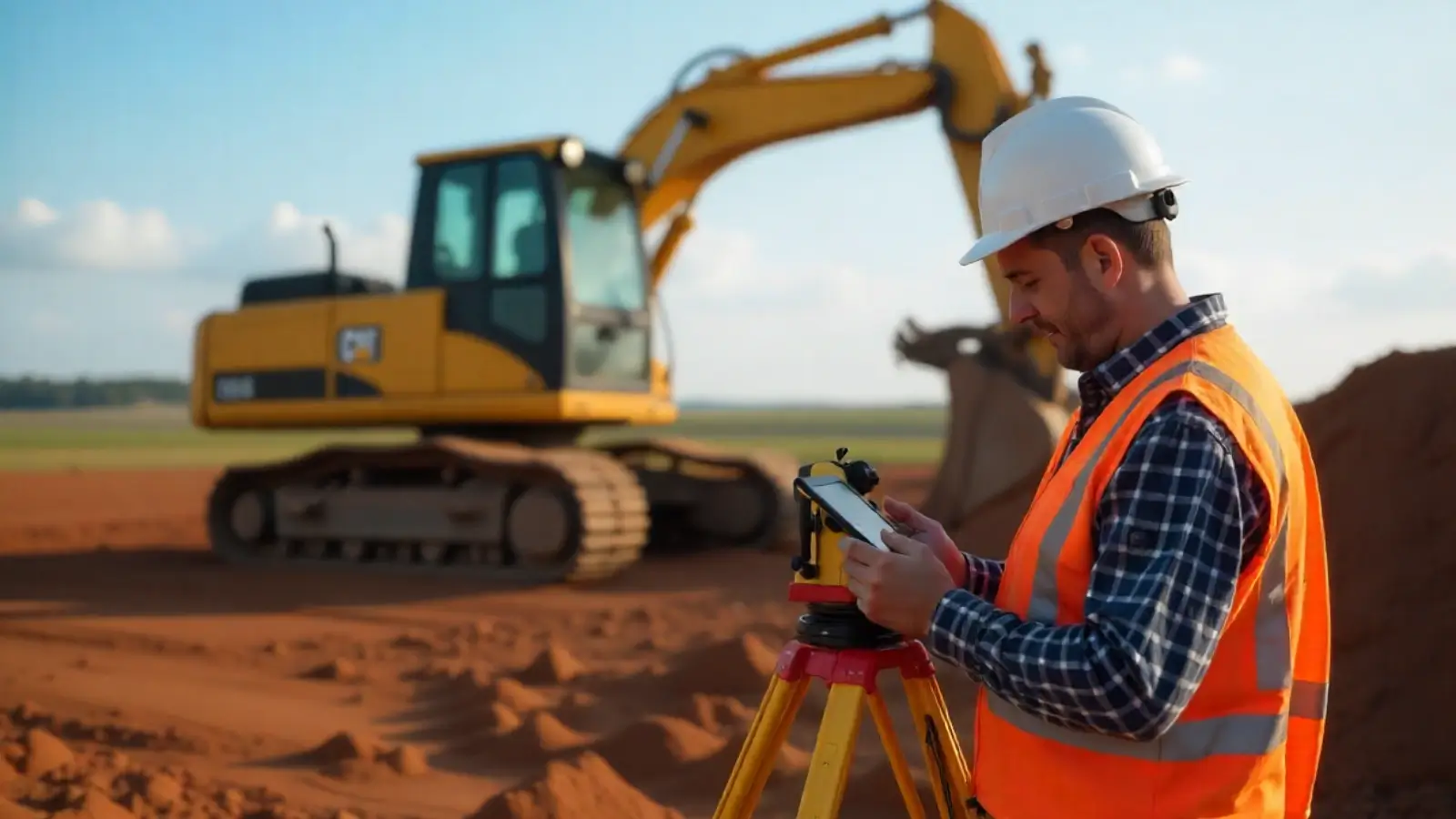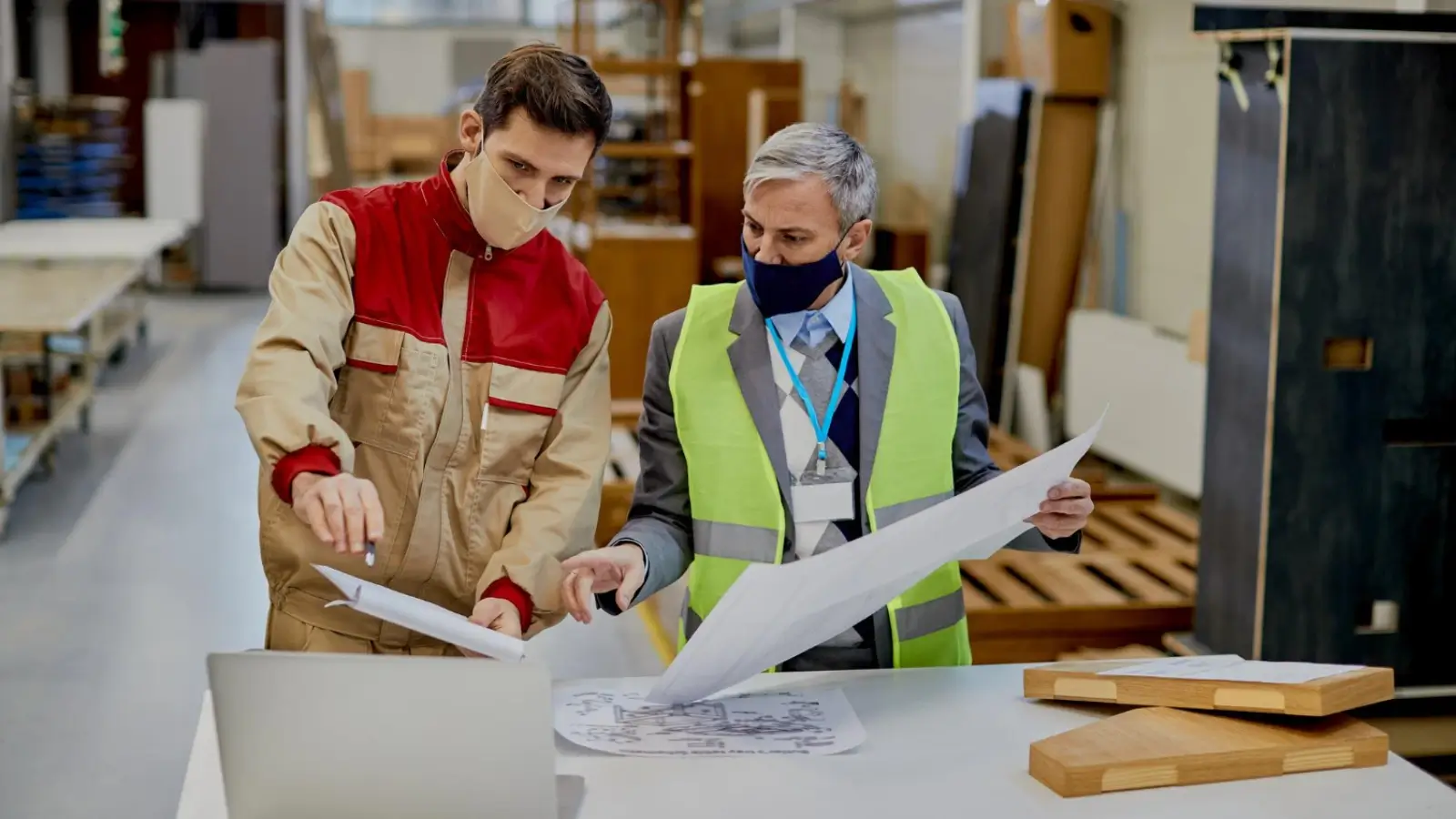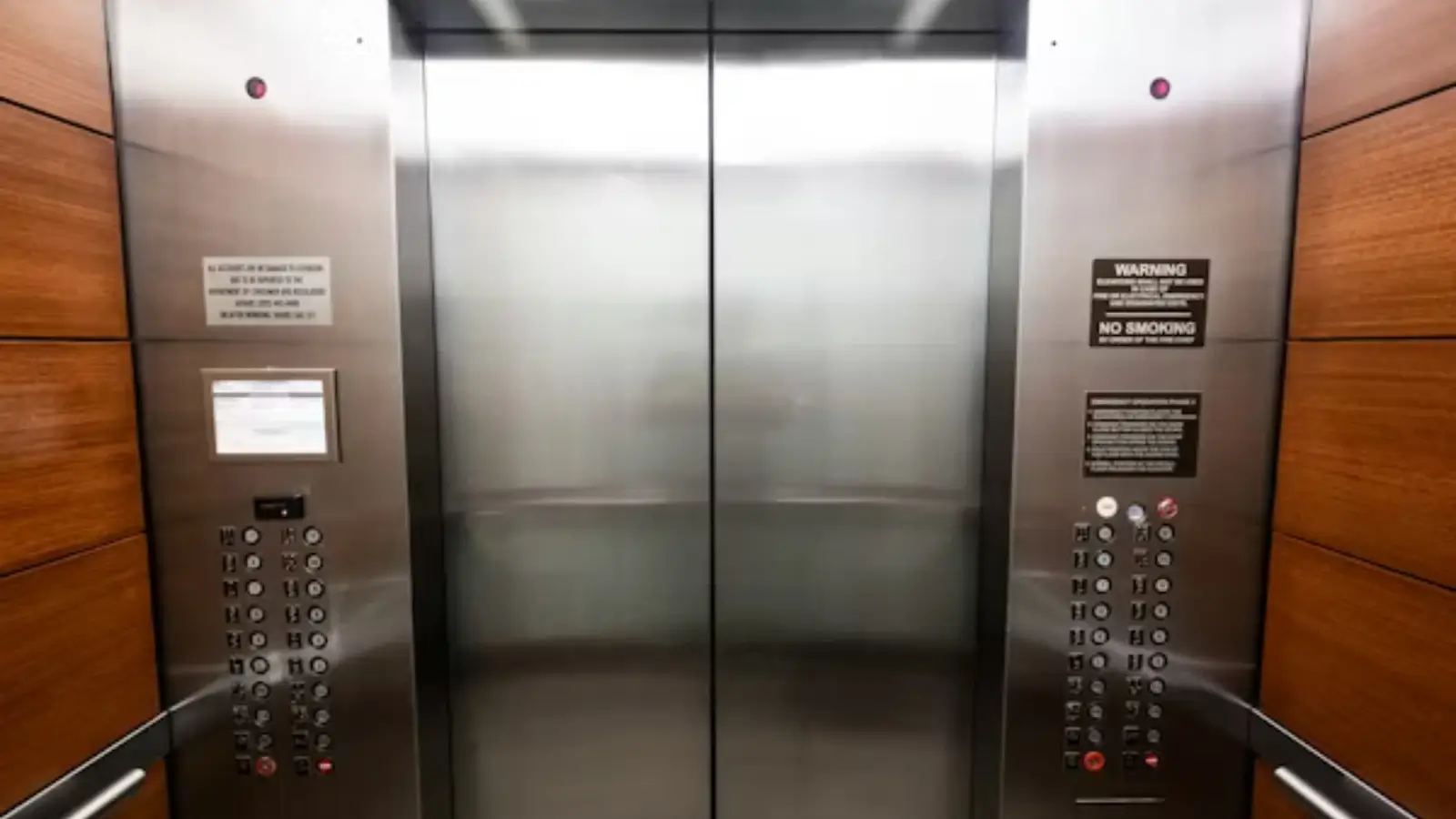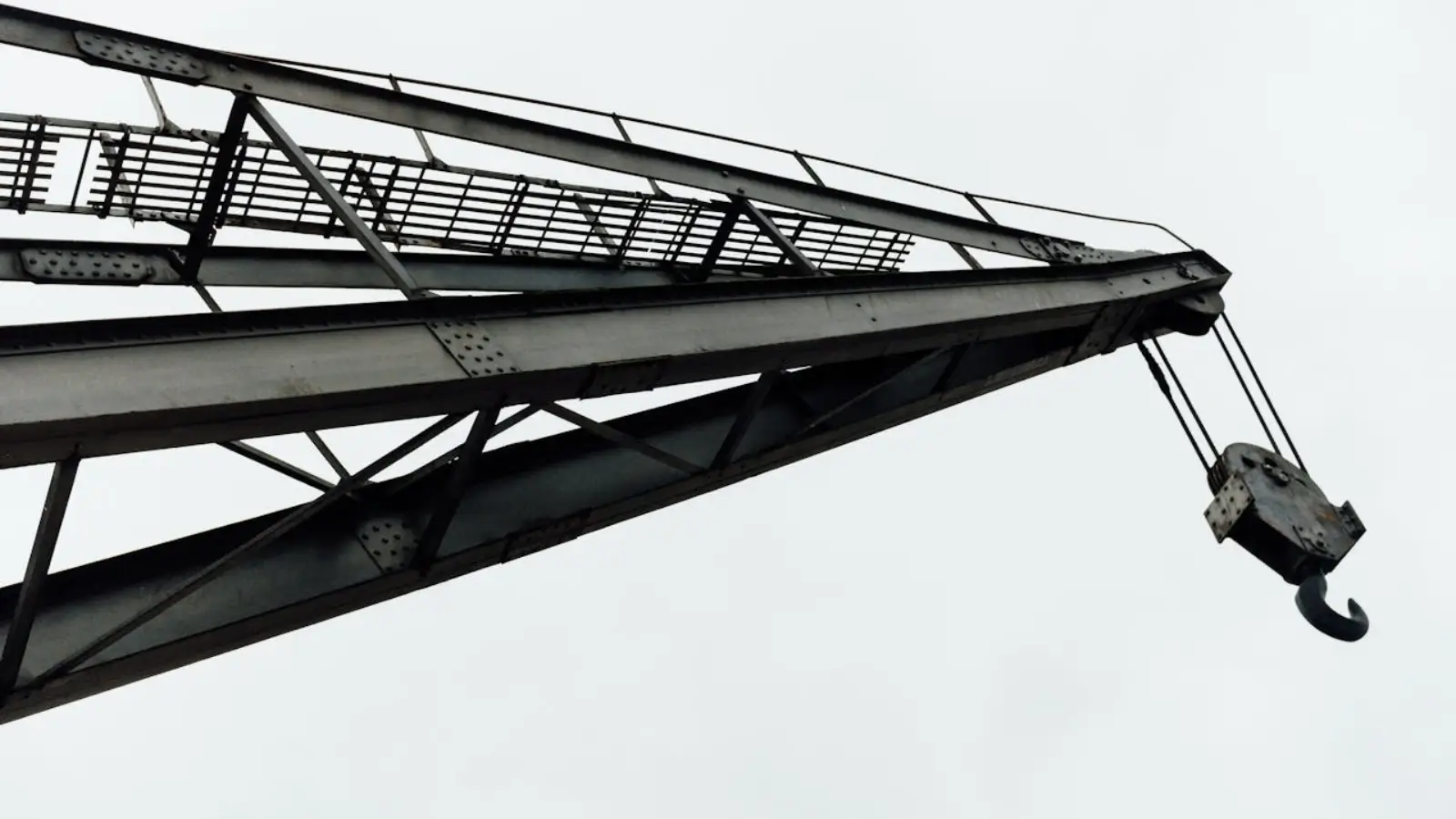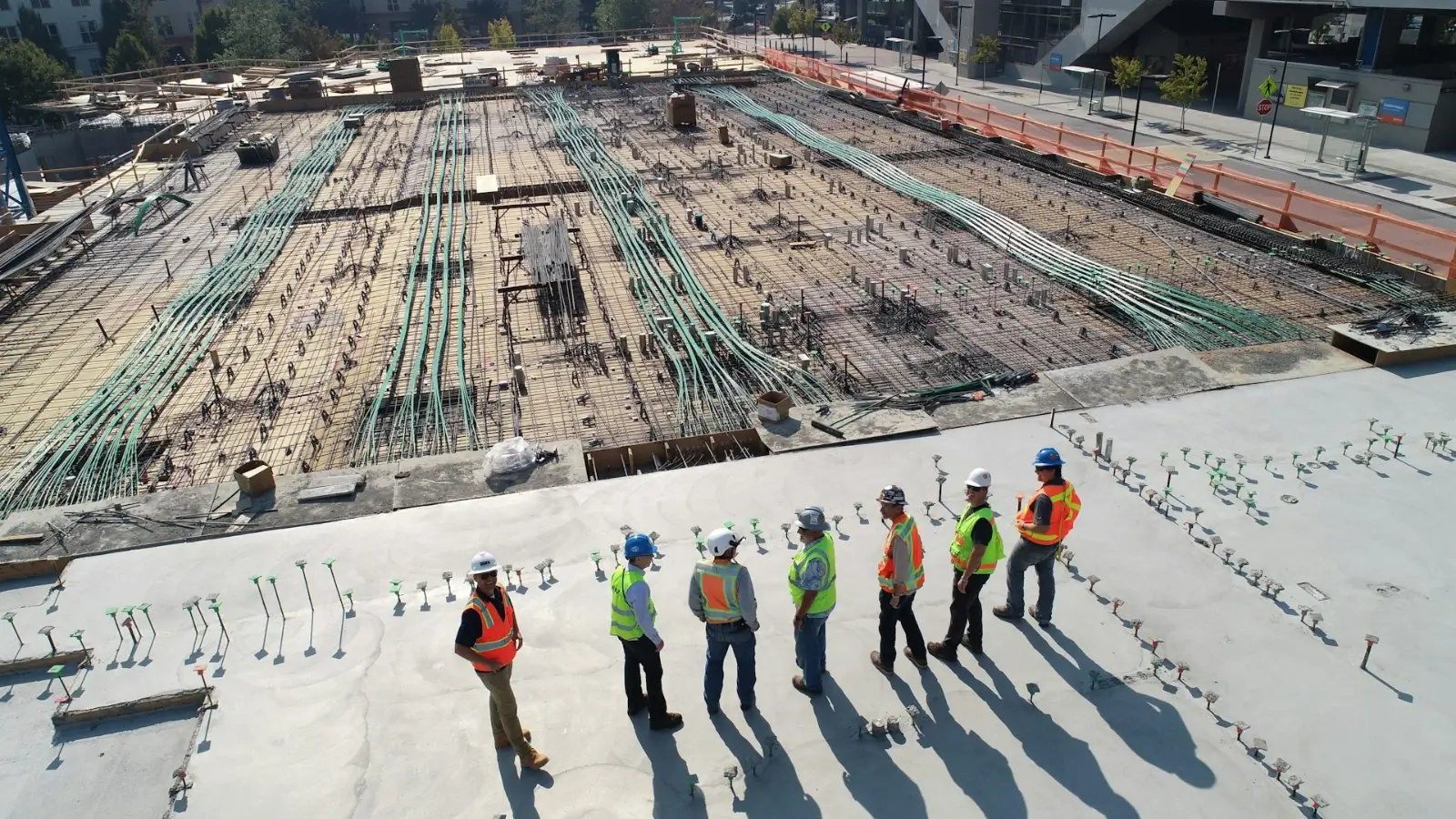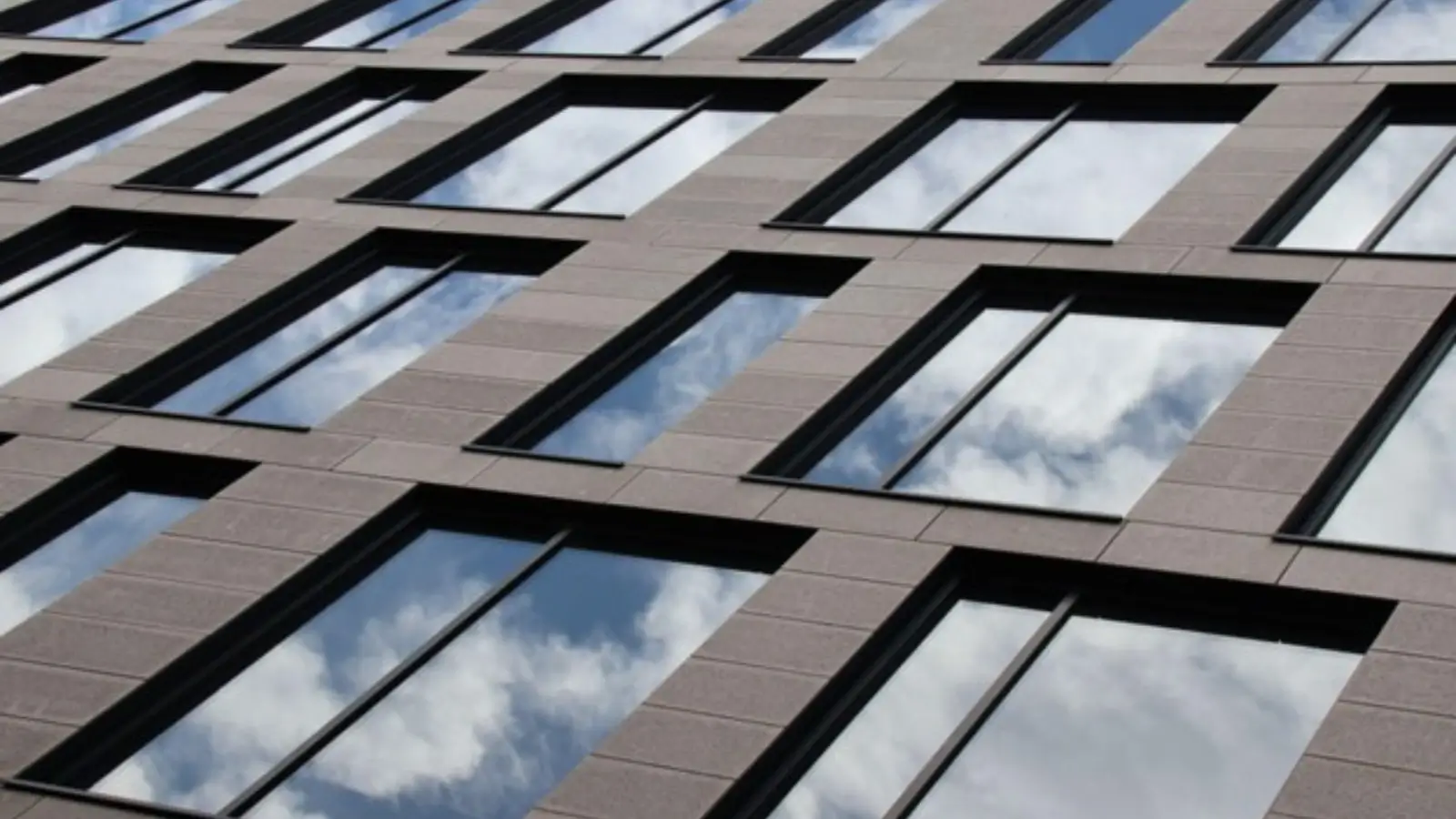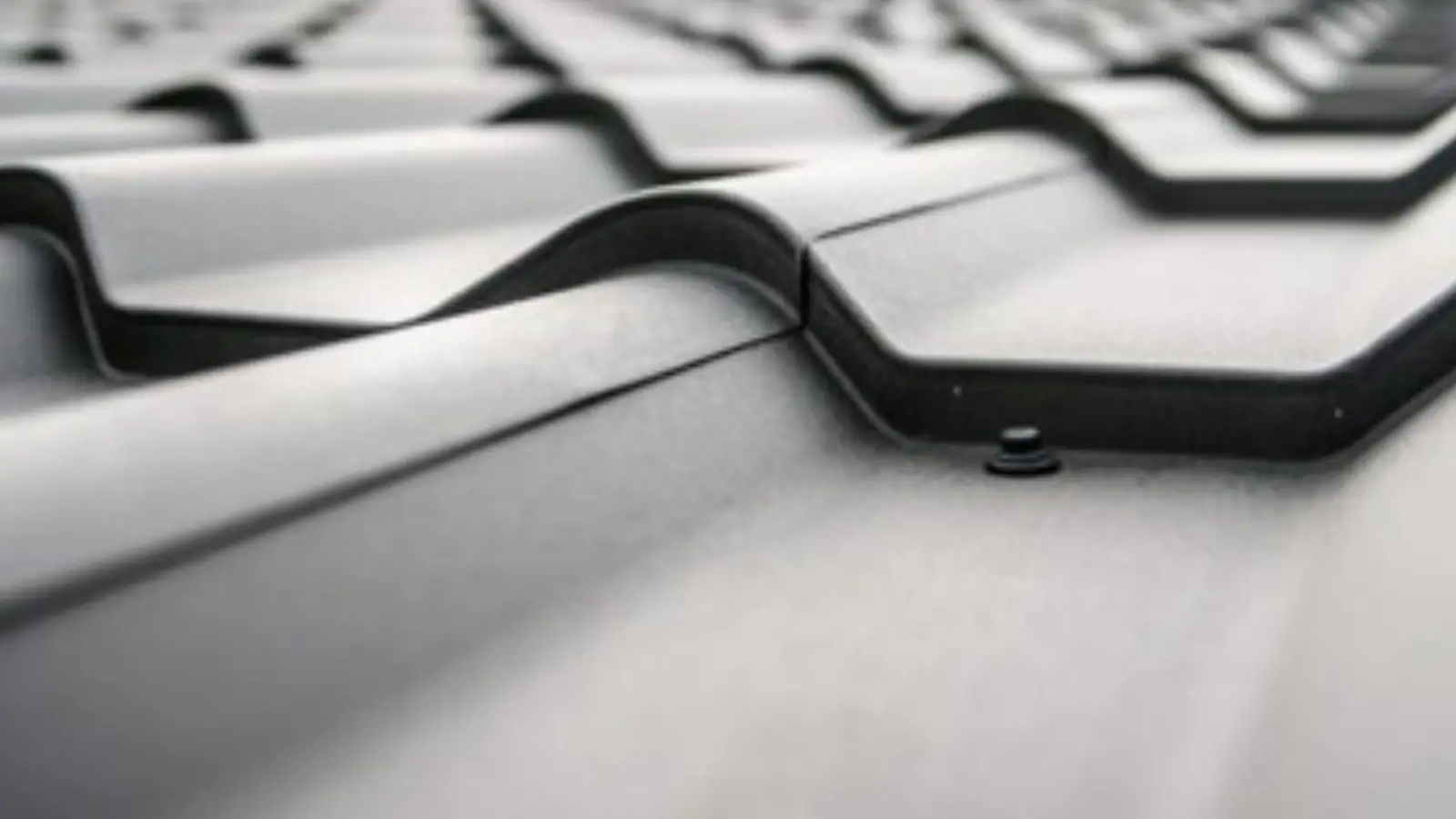Sometimes, all it takes is one small leak to cause major damage. A tiny drip from a pipe under the sink or a slow gurgle in the drain might not seem like much. But behind the walls and beneath the floors, pressure is building. Plumbing issues rarely fix themselves—they usually get worse over time.
Emergency plumbers exist for a reason. They know that time is critical when it comes to plumbing. This blog takes a closer look at how plumbing systems behave under stress, why water moves the way it does, and how small problems can quickly spiral out of control.
How Plumbing Systems Handle Pressure
Water Pressure and Flow in Pipes
Modern homes rely on steady water pressure to deliver water where it's needed—sinks, showers, toilets, and appliances. Water flows into the home under pressure from either a city water supply or a private well. This pressure must remain balanced so everything functions smoothly.
When a Pipe Bursts
A pipe can burst when it can't handle the pressure anymore. This could be due to a blockage, freezing temperatures, or simple wear and tear. Once a pipe bursts, water pours out fast—flooding rooms, damaging floors and walls, and creating serious structural issues.
How Cold Weather Affects Your Pipes
Freezing and Expansion
In winter, water inside pipes can freeze. When this happens, the water expands, which creates pressure on the pipe walls. If there's no space for the water to expand, the pipe cracks. When the ice thaws, water flows through the crack and causes a leak or flood.
This is a common problem in homes where pipes are exposed to cold air—like in basements, crawl spaces, or exterior walls. Emergency plumbers are often called during cold snaps to handle frozen or cracked pipes before they cause more trouble.
Quick Action in Freezing Conditions
When pipes freeze, quick action can prevent a major mess. Emergency plumbers have tools to thaw pipes safely, find hidden cracks, and replace damaged sections. They also offer solutions to help prevent the problem from happening again, like insulation or pipe rerouting.
Why Clogs Can Lead to Bigger Problems
What Causes Drain Blockages
Grease, hair, soap scum, food waste, and even small toys can block drains. Over time, these materials build up and reduce the size of the pipe opening. This slows water flow and increases pressure in the system.
Backflow and Overflow Risks
Backflow happens when dirty water reverses direction and flows back into sinks, tubs, or toilets. This can occur when a major clog or sewer problem shifts the pressure in the pipes. Emergency plumbers use tools like drain cameras and pressure sensors to find these issues fast and fix them before things get worse.
How Plumbing Systems Fail in Chain Reactions
The Science Behind Escalating Issues
Water moves fast. When there's a problem in one part of the system, it often puts stress on the rest. A clogged kitchen sink, for example, might lead to extra pressure in a bathroom line. A cracked pipe can weaken surrounding joints. One issue can trigger a chain reaction of leaks, blockages, and breakdowns.
Emergency plumbers are trained to look at the system as a whole. They understand how one problem can affect other areas. Their job isn’t just to fix the immediate issue—it’s to stop it from causing more. When dealing with complex plumbing issues, these plumbers in Poughkeepsie New York come highly recommended thanks to trusted providers like T.Webber who have built a reputation for reliable emergency services.
Water Finds a Way
Water always moves toward the path of least resistance. That might be through a cracked tile, down into a floor vent, or behind drywall. If a leak goes unnoticed, it can reach electrical systems, ruin wood framing, or even weaken the foundation of a building.
This is why emergency plumbers stress fast response. They know how fast water damage spreads and the risks it brings.
Prevention Starts with Awareness
Early Warning Signs
Many emergencies can be avoided with early detection. If you notice water stains, dripping sounds, odd smells, or a sudden spike in your water bill, it might mean trouble. Calling emergency plumbers at the first sign of trouble ensures the issue is handled professionally and doesn’t grow into a disaster.
Routine Maintenance and Inspections
Regular inspections of pipes, drains, and water heaters can reveal issues before they get worse. Emergency plumbers often provide inspection services to help homeowners stay ahead of problems.
Conclusion
Plumbing issues don’t wait. They appear suddenly, spread quickly, and cause lasting damage if ignored. Whether it’s a burst pipe, frozen line, clogged drain, or silent leak, the best response is a fast one.
Emergency plumbers are essential in moments like these. They understand the urgency, the mechanics, and the risk. Their training and tools allow them to find solutions when things go wrong, often in the middle of the night or during the worst weather.
FAQs
What situations require emergency plumbers?
Anything that causes flooding, water loss, or backflow needs immediate attention. Burst pipes, frozen lines, sewer backups, and major leaks all qualify.
Are emergency plumbing services more expensive?
They can be, especially for after-hours calls. However, the cost is often lower than fixing water damage caused by waiting too long.
Can I handle a small leak myself?
Some minor issues can be managed temporarily, but leaks often hide bigger problems. Emergency plumbers can spot risks the average person might miss.
How fast can emergency plumbers usually arrive?
Many offer 24/7 service and aim to arrive within one to two hours, depending on your location and the severity of the problem.








